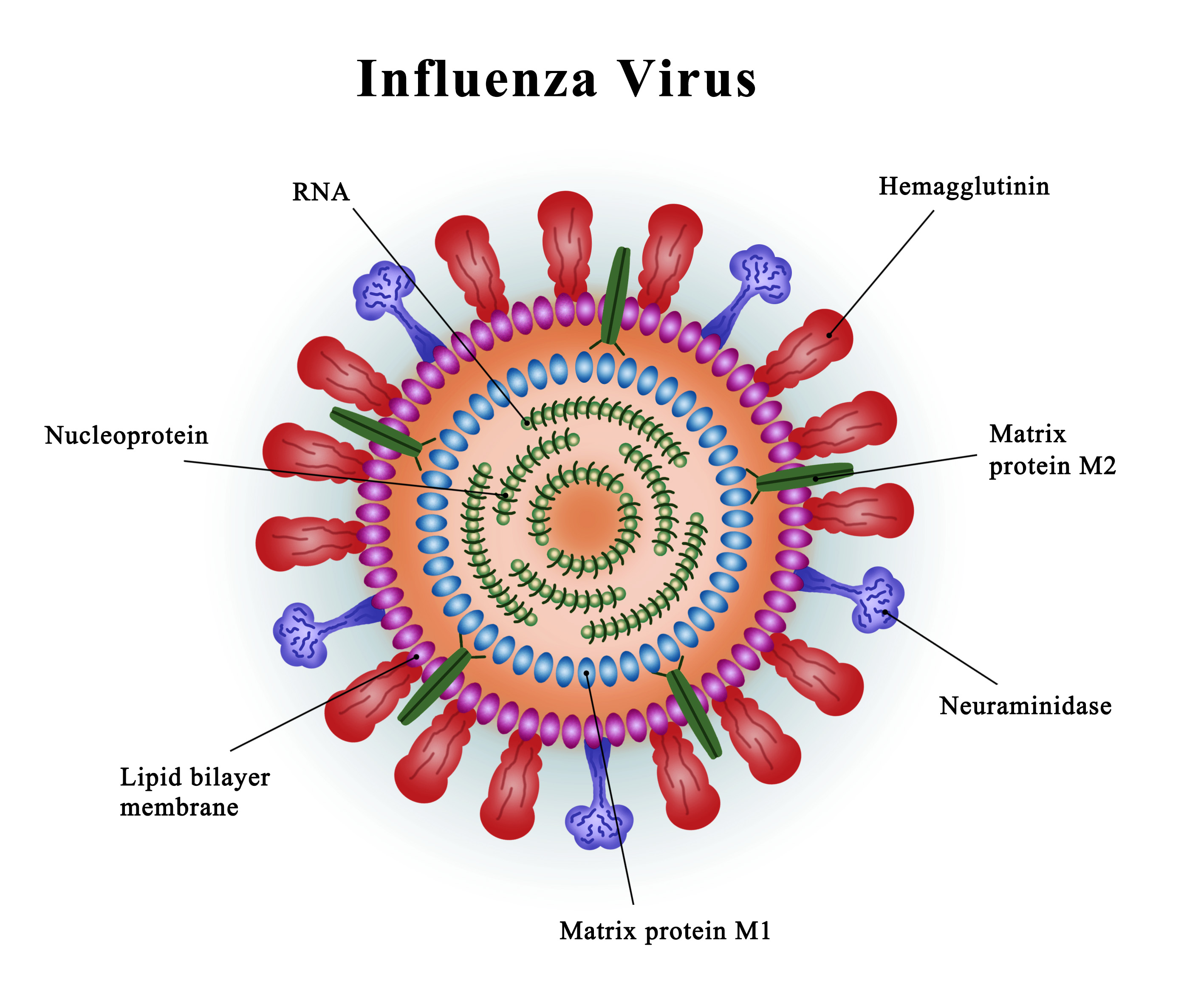
Influenza is an acute respiratory infectious disease caused by influenza virus, and is one of the major public health threats faced by human beings. The World Health Organization (WHO) estimates that worldwide, annual influenza epidemics result in about 3-5 million cases of severe illness and about 250,000 to 500,000 deaths. According to the data released by the WHO, 2009 H1N1 Pandemic spread through 114 countries, infected over 100 million people, caused about 13,600 deaths worldwide. Influenza incidence rate is high in China, approximately 10 millions cases each year.
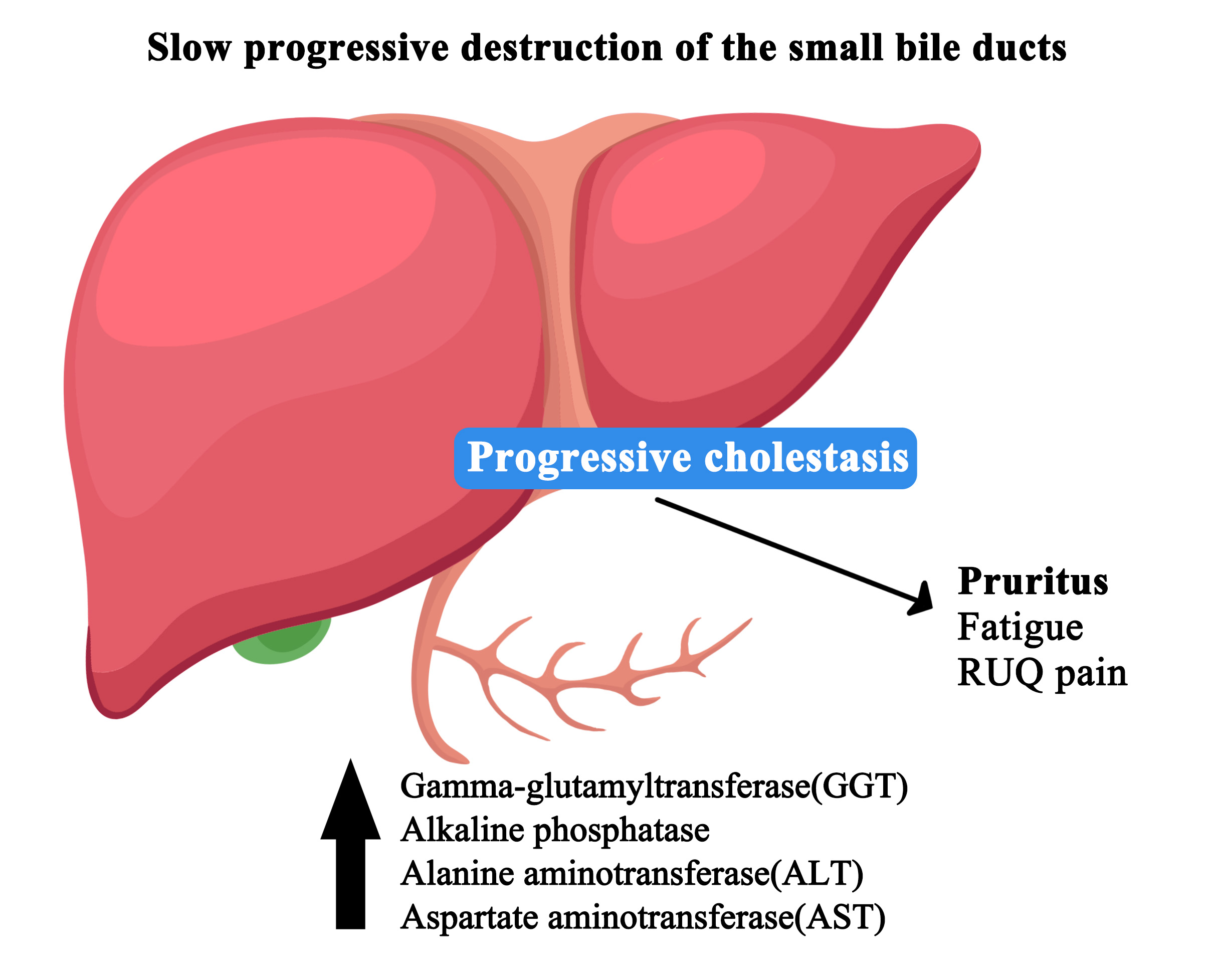
Primary Biliary Cholangitis (PBC) is a chronic intrahepatic cholestasis disease usually found in women aged over 40 years. The pathological manifestations are immune-mediated inflammation and destruction of non-suppurative microcholangitis, bile duct proliferation and interfacial inflammation, which led to the formation of bile flow disorder. The clinical manifestations and biochemical abnormalities of chronic intrahepatic cholestasis gradually appears and finally develops into liver fibrosis, biliary cirrhosis and liver failure.PBC has a global distribution and can occur in all races and ethnic groups. It is more common in middle-aged and elderly women. Between 2006 and 2016, the prevalence of PBC in the United States increased from 21.7/100,000 to 39.2/100,000. In 2010, scholars in Guangzhou reported that the prevalenceof PBC among people undergoing healthy physical examination was 49.2/100,000, and 155.8/100,000 in women over 40 years old. Meanwhile, a rising tendency of PBC cases has been reported in China.
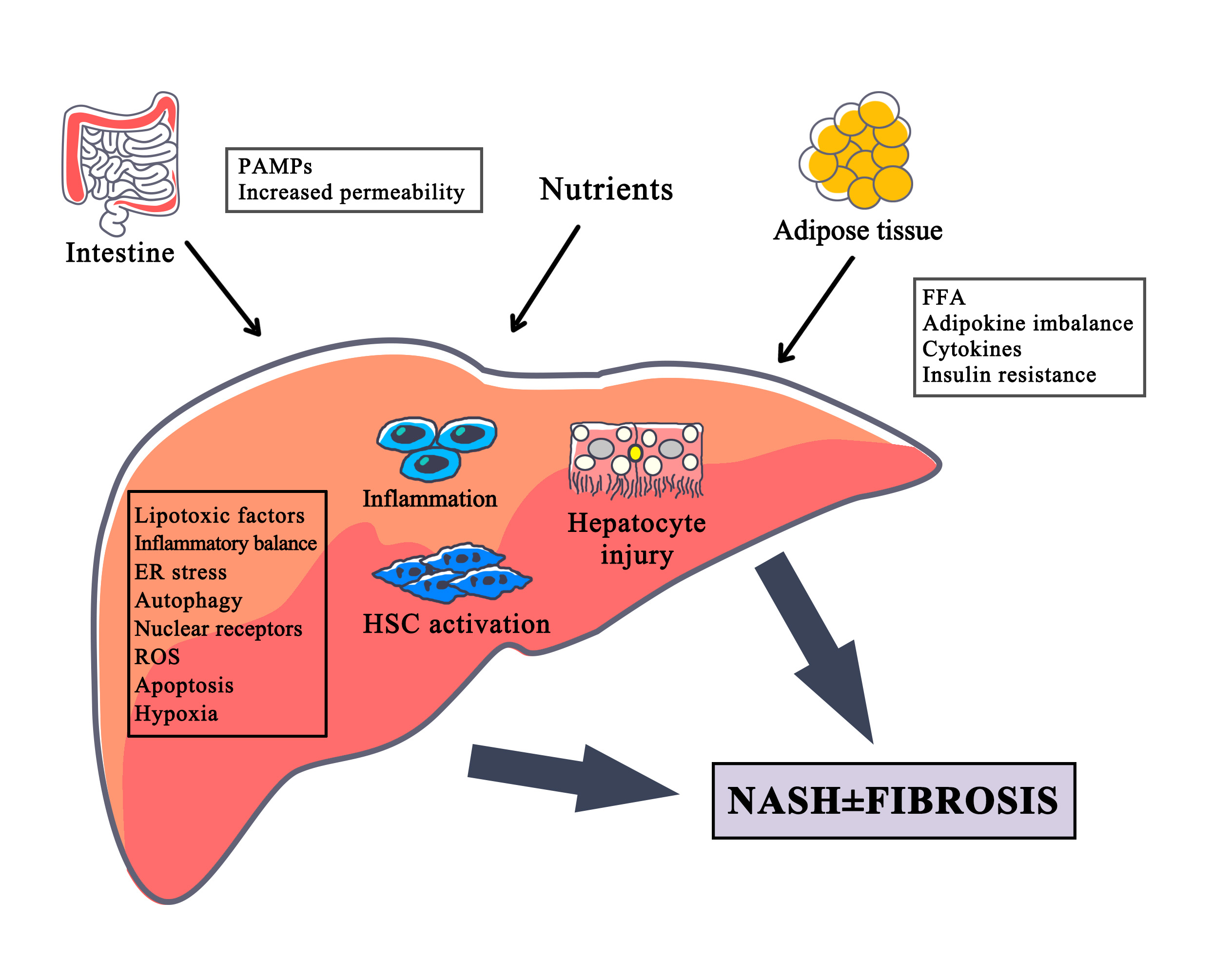
NAFLD is a spectrum of conditions characterized by the excessive amounts of fat build up in the liver and hepatocyte steatosis that is not caused by alcohol consumption. NASH is a chronic, progressive liver disease with histological features of steatosis, ballooning and inflammation with or without fibrosis. NASH can lead to chronic liver inflammation and cell damage that can progress to fibrosis, cirrhosis and eventually liver failure or liver cancer.The prevalence of NAFLD is about 20-40% in western countries and about 12-30% in Asian. About 10-20% of patients with NAFLD are diagnosed with NASH.
The prevalence of NASH worldwide is 3-5%, with a significant increase trend. By 2025, NASH is predicted to replace hepatitis C as the leading disease requiring liver transplantation. NASH has become a serious threat to human health, but currently there is still no effective drug launched in countries besides India. There is still an urgent need for clinical treatment of NASH.
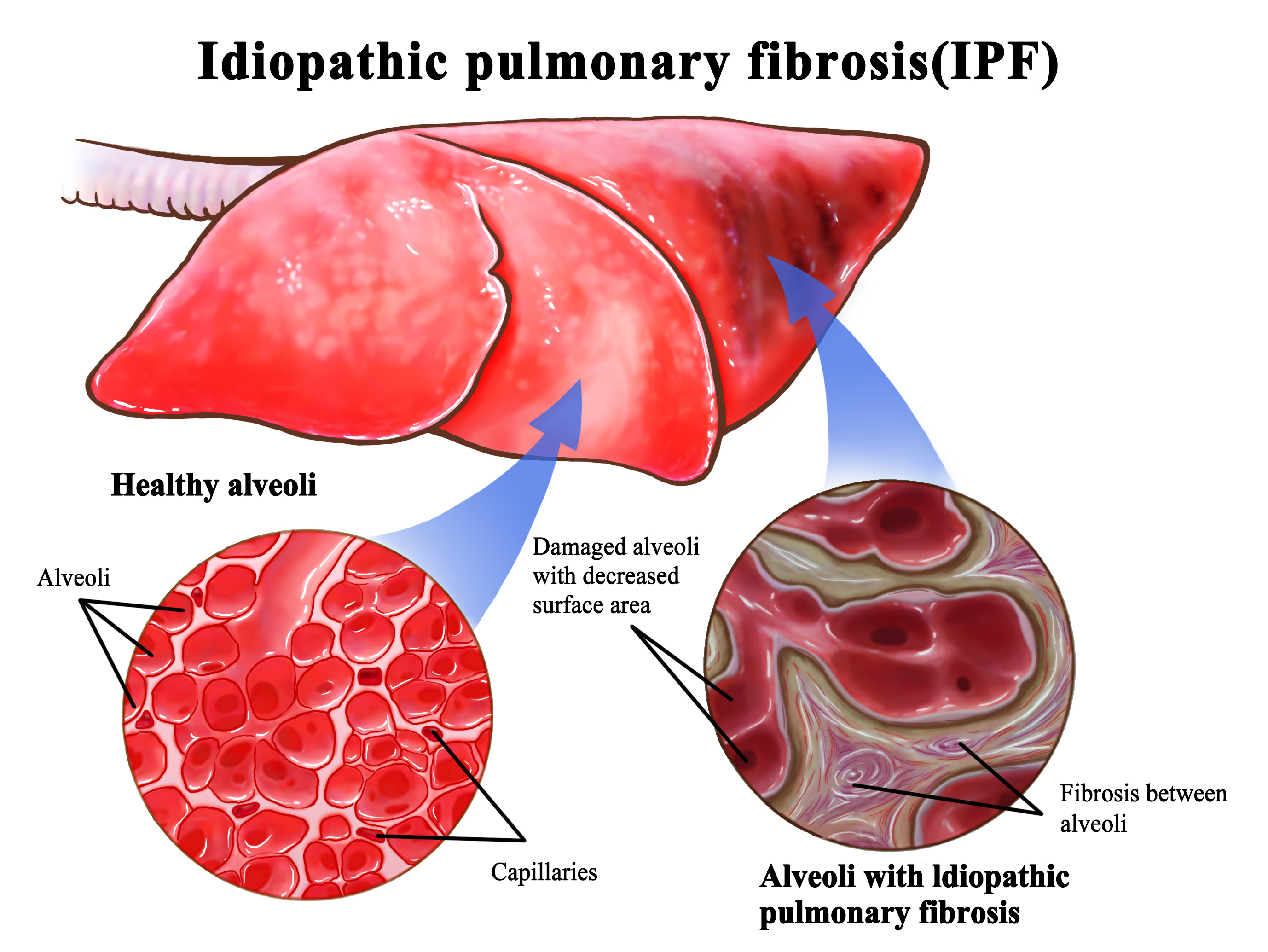
Idiopathic Pulmonary Fibrosis (IPF) is a kind of chronic progressive fibrosis interstitial pneumonia with unknown etiology. According to a systematic review published in 2015, the incidence of IPF is increasing worldwide and rates are coming together across countries. It is estimated conservatively that the incidence of IPF range of 3-9 cases per 100 000 per year for Europe and North America. the median survival time from diagnosis to death for IPF patients is 2-3 years. On May 11, 2018, IPF was included in the First List of Rare Diseases jointly formulated by the National Health Commission and other five departments.
At present, the etiology and exact pathogenesis of IPF are not fully understood. In terms of therapeutic drugs, only Nintedanib and Pirfenidone have been approved by FDA, and there are unmet medical needs. Based on the current treatment status of IPF, it is still urgent to develop new drugs to provide more clinical options.
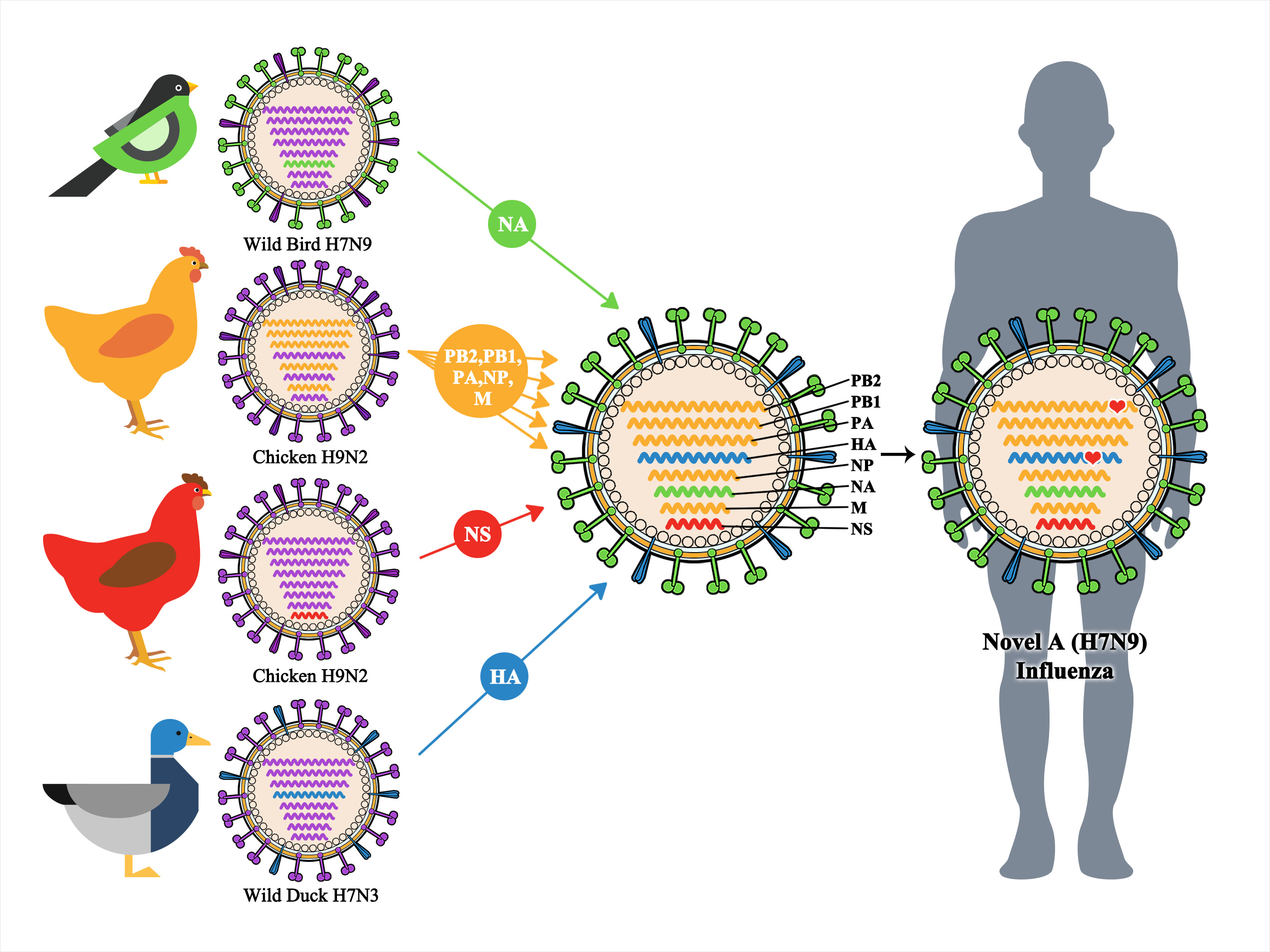
Avian influenza is an infectious disease of birds (poultry and wild birds) caused by avian influenza Type A viruses. Avian influenza virus infection in human can lead to mild respiratory and gastrointestinal symptoms with low mortality, or more serious symptoms with high mortality, such as systemic, hemorrhagic and septic symptoms. The difference in symptoms is mainly determined by the virulence of the bird flu virus. Human infection with highly pathogenic avian influenza is an acute respiratory infection caused by some subtypes of type A avian influenza virus, such as H5N1 and H7N9. In recent years, the H5N1 avian influenza virus has been spreading all over the world, constantly causing human diseases. It is speculated that H5N1 may evolve into a virus capable of causing human influenza pandemic through gene recombination or mutation. Recently, avian influenza caused by H5N1, the highly pathogenic avian influenza has led to high morbidity, mortality and great harm.

